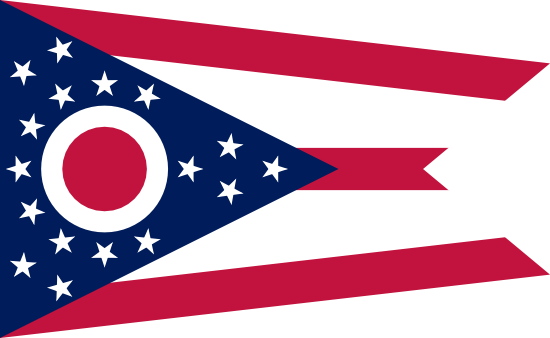
Lebanon
- County:
- Warren County
- County Seat:
- Yes
- Area (mi²):
- 13.475
- State:
- Ohio
Lebanon is a city located in Warren County, Ohio. Lebanon has a 2025 population of 21,995 . It is also the county seat of Warren County . Lebanon is currently growing at a rate of 0.74% annually and its population has increased by 5.35% since the most recent census, which recorded a population of 20,879 in 2020.
The median household income in Lebanon is $78,598 with a poverty rate of 6.76%. The median age in Lebanon is 37.3 years: 34.9 years for males, and 40 years for females. For every 100 females there are 98.2 males.